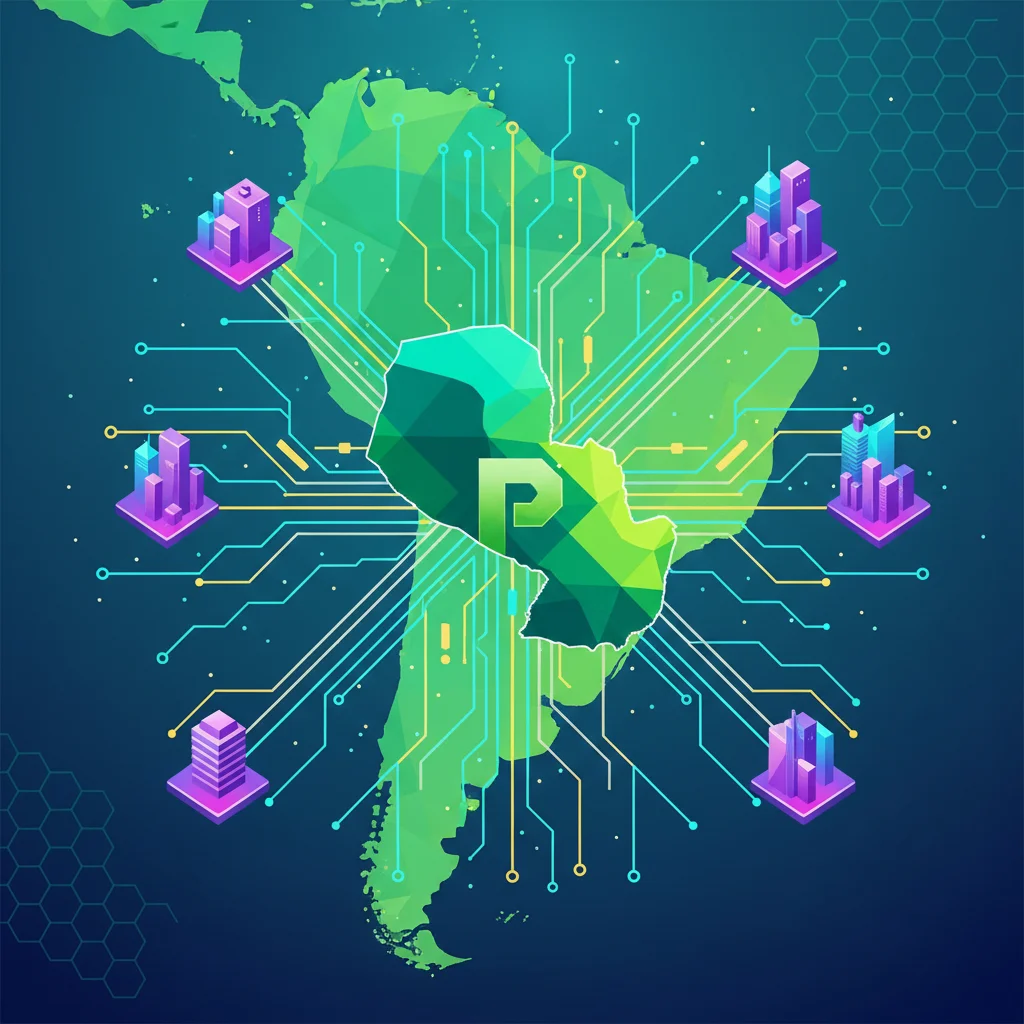
The Green Battery of South America: Is Paraguay Powering the Next Global Tech Hub?
When investors and business leaders scan the globe for the next great technology hub, their eyes typically land on familiar names: Silicon Valley, Tel Aviv, Bangalore, or Shenzhen. These centers of innovation are defined by venture capital, elite talent, and a relentless drive for disruption. But what if the defining characteristic of the next tech frontier isn’t code, but current? What if the most valuable asset is not a brilliant algorithm, but a massive, inexhaustible supply of clean, cheap electricity?
Enter Paraguay. This landlocked nation in the heart of South America, traditionally known for its cattle ranches and soybean fields, is making a bold play to redefine its economic identity. The country is embarking on an ambitious mission to transform itself into a continental tech powerhouse, a “Silicon Valley of South America.” The fuel for this revolution isn’t venture capital—it’s water. Specifically, the immense hydroelectric power generated by the Itaipu Dam, a bi-national marvel of engineering that Paraguay shares with Brazil.
For decades, Paraguay has possessed an energy surplus of staggering proportions. Now, as the global economy’s demand for data, processing power, and digital infrastructure soars, Paraguay’s surplus energy is no longer just a line item in its national budget; it’s a strategic asset of immense value. This blog post will delve into Paraguay’s audacious plan, exploring the economic fundamentals, the target industries like blockchain and fintech, the immense opportunities for investing, and the critical challenges that lie on the path to becoming a digital leader.
The Itaipu Advantage: An Ocean of Green Energy
To understand Paraguay’s tech ambitions, one must first understand the sheer scale of the Itaipu Dam. Straddling the Paraná River, it is one of the world’s largest hydroelectric power plants. Under a long-standing treaty, the energy produced is split 50-50 between Paraguay and Brazil. However, Paraguay’s domestic consumption is a mere fraction of its share, compelling it to sell the vast majority of its surplus to Brazil at a fixed, relatively low price.
This has created a unique economic situation. Paraguay is sitting on a goldmine of clean, renewable energy. According to reports, this abundance allows the country to offer some of the lowest electricity prices in the region, a powerful lure for any industry where energy is a primary operational cost. For energy-guzzling sectors like data centers, artificial intelligence, and cryptocurrency mining, this isn’t just a minor discount—it’s a game-changing competitive advantage.
The Paraguayan government, recognizing this latent potential, is actively working to attract foreign investment to consume this energy domestically. The goal is to move up the value chain: instead of just exporting raw kilowatt-hours, they aim to export high-value digital services powered by those same kilowatts. This strategic pivot is at the heart of the nation’s evolving economics, shifting focus from agriculture to advanced financial technology and digital infrastructure.
Targeting the Titans of Tech: Data Centers and Digital Assets
Paraguay’s strategy is sharply focused on industries where its energy advantage provides an almost insurmountable edge. Two sectors stand out: digital asset mining and large-scale data centers.
1. The Blockchain Gold Rush
Cryptocurrency mining, particularly for assets like Bitcoin, is an incredibly energy-intensive process. Miners around the world are in a constant search for the cheapest, most reliable sources of power to remain profitable. As other nations have become warier of the industry’s environmental impact or energy drain, Paraguay has emerged as a welcoming haven. Its 100% renewable hydroelectricity offers a “green” solution to an industry often criticized for its carbon footprint.
A Canadian company, Penguin Infrastructure, is a prime example, reportedly planning to build the world’s largest crypto-mining “farm” in the country. This isn’t just about trading digital currencies; it’s about building the foundational infrastructure of the entire blockchain ecosystem. For investors, this represents a ground-floor opportunity in a rapidly maturing industry, backed by a tangible physical and energy infrastructure.
2. The Data Backbone of South America
<p


